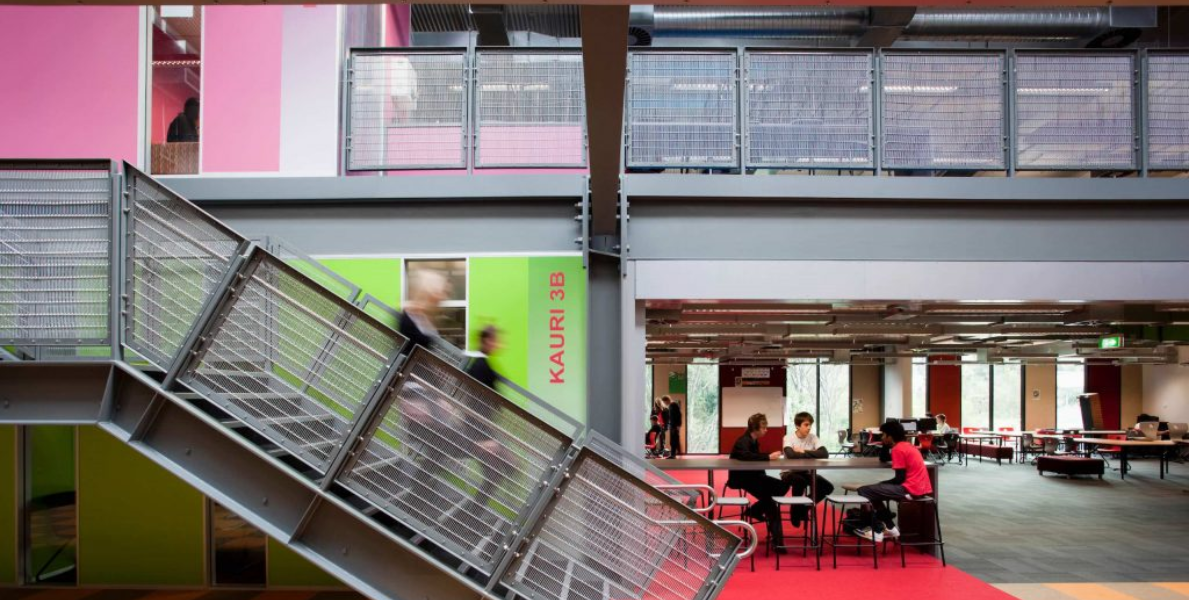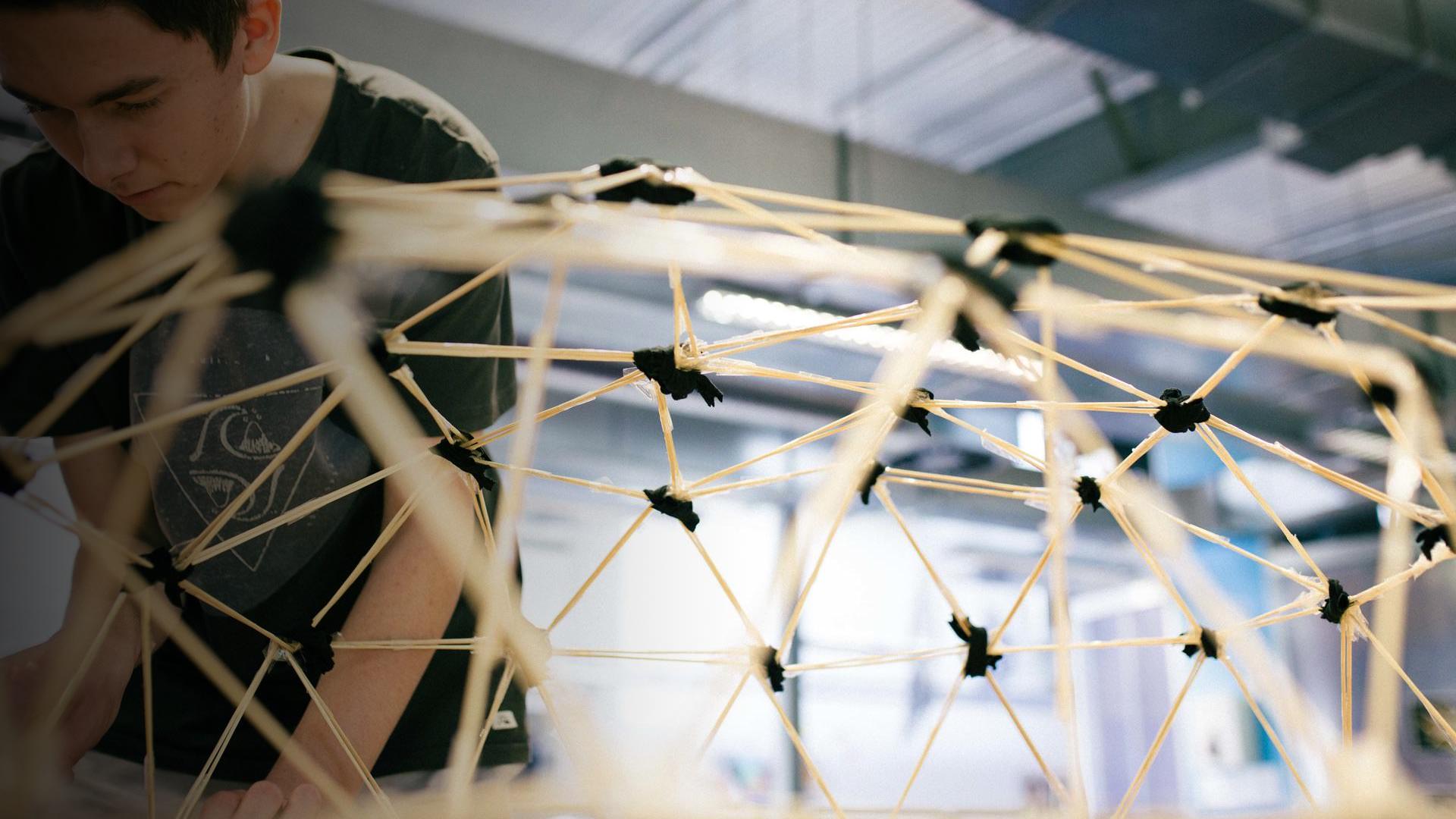This week, the Government has announced it will no longer support the construction of building open plan classrooms in schools – citing concerns around noise levels, student distraction, and the suitability of these spaces for structured teaching. But at Albany Senior High School (ASHS), where open plan learning has been a cornerstone since the school’s inception, the model continues to thrive – and we’re proud to stand by it.
While the Education Minister’s announcement has reignited public debate, ASHS Principal Claire Amos, in an interview with RNZ, says much of the conversation is based on “misconceptions and misunderstandings.”
“Whilst I always applaud the opportunity for more classrooms, and for schools getting the spaces that are fit for purpose for them, I was really frustrated to hear a whole lot of misconceptions about open plan learning environments,” she says. “You cannot conflate the physical space with the quality or style of teaching that happens within it.”
At ASHS, the open plan model isn’t just about layout – it’s part of a wider vision for future-focused, collaborative education. Our purpose-built campus mirrors real-world spaces like universities and contemporary workplaces, helping students build the communication, self-management, and adaptability skills they’ll need after school.
“You cannot conflate the physical space with the quality or style of teaching that happens within it.”
– Claire Amos, Principal of Albany Senior High School
Rather than being limiting, the openness of our learning environments fosters flexibility, creativity, and deep engagement. Teachers work in teams to co-design and co-deliver learning programmes, with the ability to personalise instruction and support a wide range of learning needs in real time.
“You know, as someone who’s been a teacher and leader in more traditional single-cell classrooms, I can say there’s a lot that goes unnoticed in those spaces,” Claire says. “I would actually argue that student behaviour and volume is more moderated and self-managed in our flexible and open learning spaces.”
That includes students with diverse or complex learning needs – ASHS regularly receives Ministry referrals for neurodiverse students from surrounding schools who are unable to meet their needs.
“We’re a school that’s recognised for being able to do that – and we do it in open plan spaces,” Claire says. “People assume these spaces don’t support neurodiverse learners, but our experience has shown the opposite.”

Claire’s own Master’s research explored community perceptions of modern learning environments and highlighted the role that design – and support – plays in success.
“There have been poorly designed open plan spaces with bad acoustics or retrofitted layouts. And yes, if you drop teachers and students into those environments without any support or training, it can feel overwhelming,” she says.
“But when open plan spaces are purposefully designed and paired with effective pedagogy, they work. Teaching becomes more visible, collaboration becomes natural, and students benefit from shared expertise.”
Importantly, Claire emphasises that this isn’t about rejecting one model in favour of another – but rather rejecting simplistic thinking about complex systems.
“Don’t get me wrong – I’m not anti single-cell classrooms. I’m against the idea that one model is inherently better than the other. This kind of binary thinking doesn’t reflect the complexity of teaching and learning,” she says.
“Structured literacy and explicit instruction absolutely have their place. But they’re not a silver bullet. To suggest otherwise ignores everything we know about what really drives student success.”
At ASHS, we know that physical space alone doesn’t make great learning happen – but when those spaces are designed well, used intentionally, and paired with strong teaching practice, they can help create the kind of learning environment where everyone can thrive.



